Ephemeral Threads: How Bobbin Lace Echoes the Rise and Fall of Empires
There's a peculiar melancholy that clings to antique bobbin lace. It’s not a sadness of loss, exactly, but a poignant awareness of time’s relentless passage. Holding a piece, feeling the slight give of the knotted threads, isn't just appreciating a beautiful object – it's touching a fragment of history, a whisper from lives lived centuries ago. For bobbin lace isn't just textile art; it’s a silent chronicler, its delicate patterns intertwined with the rise and fall of empires, the ebb and flow of economic power, and the shifting sands of social structures. It’s a history woven, quite literally, into every exquisite knot.
My own fascination with bobbin lace began unexpectedly, rummaging through my grandmother's attic. Sunlight streamed through dusty windows, illuminating trunks overflowing with forgotten treasures. It was there, nestled amongst yellowed linens and faded photographs, that I found a small, intricately patterned piece of lace. Its fragility was breathtaking, its detail astonishing. My grandmother, a woman of few words, simply said, "It belonged to your great-great-grandmother. She made it." That simple statement unlocked a curiosity that’s led me down a rabbit hole of historical investigation and artistic appreciation.
The Venetian Republic and the Dawn of Bobbin Lace
The story of bobbin lace begins, as many things do, with trade and cultural exchange. While earlier forms of lace existed, the distinctive style we recognize as "bobbin lace" truly flourished in the 16th century, largely thanks to the Venetian Republic. Venice, a maritime power controlling vast trade routes, introduced lacemaking techniques from the Near East and Italy, blending them with local innovation. Lacemaking quickly became a vital industry, providing employment for countless women, particularly in the floating cities of the lagoon and the mainland surrounding Venice.
The prosperity of Venice directly fueled the growth of lacemaking. The influx of wealth from the Silk Road, spice trade, and other ventures created a market for luxury goods, and bobbin lace, with its intricate designs and exquisite craftsmanship, became highly sought after. The lace, often adorned with motifs representing the Republic's power—lions of St. Mark, winged cherubs, and elaborate floral scrolls—became synonymous with Venetian status and opulence. It adorned the gowns of noblewomen, embellished religious vestments, and graced the interiors of opulent palazzi. Understanding the geometric principles often hidden within these elaborate designs reveals another layer of artistry – the way patterns could be repeated and altered while retaining their core beauty. This is a detail that connects to the larger field of design and art history, revealing a fascinating interplay of cultural expression and mathematical precision. For those interested in understanding more about these underlying structures, further study might explore the cartographer’s knot and the hidden geometry of bobbin lace patterns.
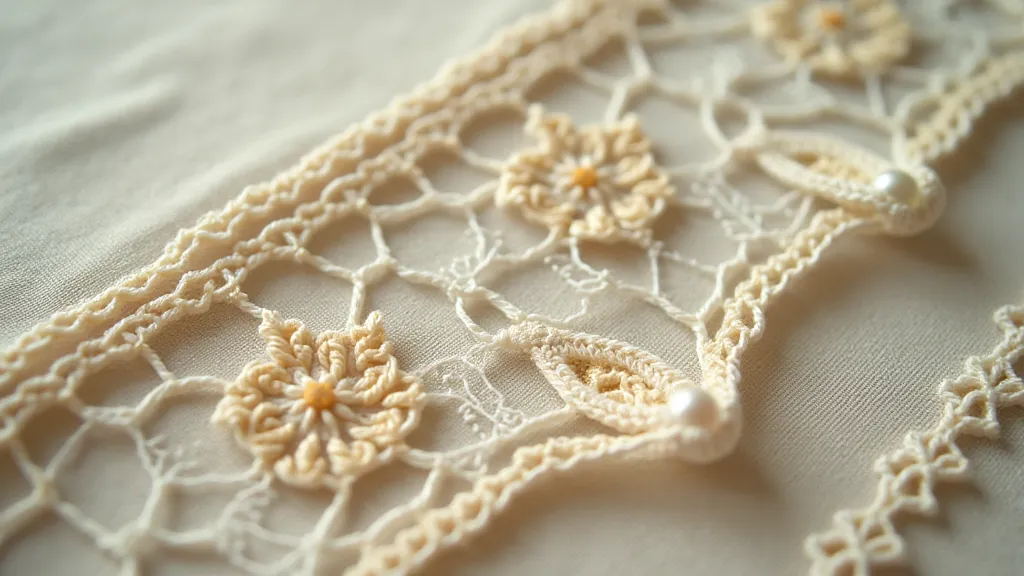
The Dutch Golden Age and a Shift in Production
The 17th century witnessed a remarkable shift. The Dutch Republic, ascendant through its burgeoning maritime trade and financial prowess – what is known as the Dutch Golden Age – became the new epicenter of bobbin lace production. Economic downturns in Venice, coupled with the Dutch Republic’s innovative approach to commerce and a burgeoning population in need of employment, created a fertile ground for the industry to flourish. Dutch lacemakers, particularly in Flanders and Holland, adopted and refined Venetian techniques, introducing their own distinctive styles and patterns.
What's fascinating is the social dimension. While in Venice, lacemaking was largely a cottage industry supporting numerous families, in the Netherlands, it often became a highly specialized trade, with lacemakers forming guilds and establishing workshops. The Dutch embraced the practicality of bobbin lace, utilizing it not only for luxury garments but also for curtains, bed hangings, and other household items. The scale of production expanded dramatically, and the quality remained consistently high, reflecting the Dutch reputation for craftsmanship and attention to detail. The materials themselves, the types of thread used to create these intricate designs, often dictated the overall appearance and longevity of the piece. Determining the specific type of thread - whether it’s linen, silk, or cotton – provides invaluable clues to the lace’s origin, age, and significance. For those intrigued by this aspect, identifying bobbin lace thread: linen, silk, and cotton offers a detailed guide.
England, France, and the Diffusion of a Craft
The appeal of bobbin lace wasn't confined to the Mediterranean and the Netherlands. The 18th century saw its diffusion across Europe, with England and France becoming significant producers. In England, lacemaking thrived in regions like Bedfordshire and Cheshire, providing a vital source of income for rural communities. French lacemakers, known for their elegance and refined taste, incorporated bobbin lace into haute couture, elevating its status even further.
The spread of bobbin lace wasn't solely about economic gain; it was also about cultural exchange and imitation. European powers, eager to emulate the styles of their rivals, often adopted and adapted techniques from other regions. This created a fascinating tapestry of influences, resulting in a diverse range of bobbin lace styles, each reflecting the unique cultural identity of its place of origin. The cultural influences woven into the patterns themselves are profound, reflecting the values, beliefs, and aesthetics of the time and place. These motifs weren’t merely decorative; they were often encoded with symbolic meaning, offering a glimpse into the social and cultural context in which they were created. More exploration of the influence of [specific cultural element] on bobbin lace design can reveal deeper layers of meaning.
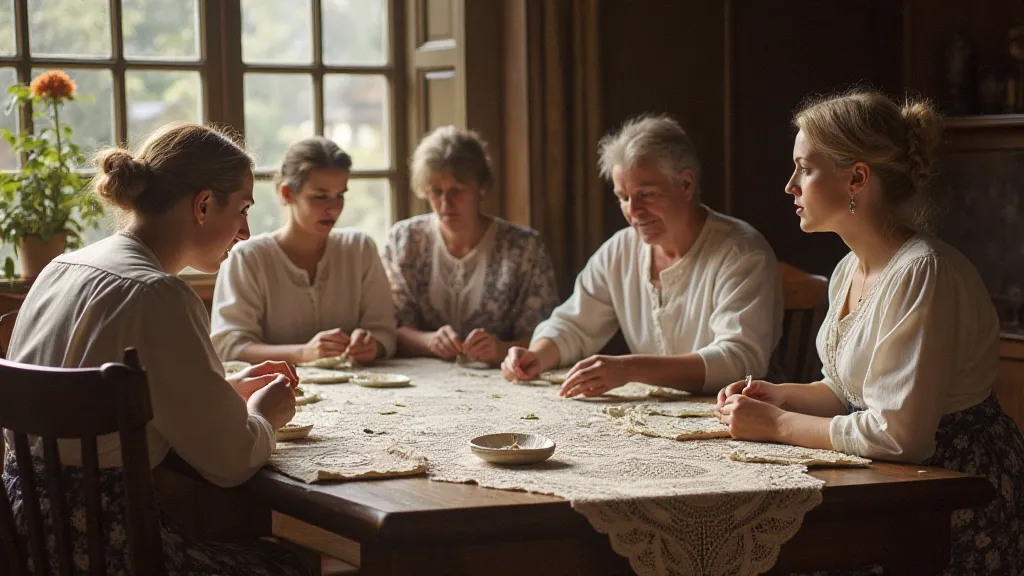
The Impact of Industrialization and the Decline of Cottage Industries
The Industrial Revolution, that transformative period of technological innovation, brought an abrupt and devastating end to the era of handmade bobbin lace. The invention of mechanized lace-making machines in the early 19th century drastically reduced the cost and increased the speed of lace production. Suddenly, handmade lace, crafted with painstaking effort and skill, couldn't compete with the mass-produced alternative.
The impact on lacemakers was profound. Families who had relied on lacemaking for generations found themselves without a source of income. The skills, traditions, and communities that had sustained the craft for centuries were gradually eroded, replaced by the relentless march of industrial progress. While some attempts were made to preserve traditional techniques, the vast majority of lacemakers were forced to seek alternative livelihoods. The passage of time itself plays a role in the story of bobbin lace; the stories and memories embedded within these delicate threads speak to the fleeting nature of human endeavors and the power of the past to shape the present. The concept of the palimpsest – a manuscript or surface on which earlier writing has been erased to make room for new writing – provides a fitting metaphor for the layers of history contained within antique bobbin lace. These layers speak to the echoes of the past and the constant interplay between memory and forgetting, a theme explored further in the gossamer threads of memory: bobbin lace and the palimpsest of time.
Preserving a Fragile Legacy
Today, antique bobbin lace is cherished as a testament to human creativity and skill, a tangible link to a bygone era. The fragility of these delicate creations serves as a poignant reminder of the fleeting nature of power, the impermanence of empires, and the fragility of even the most cherished traditions. Each piece tells a story – a story of economic prosperity, social change, and the unwavering dedication of countless individuals who poured their hearts and souls into their craft.
Collecting antique bobbin lace is more than just acquiring beautiful objects; it's about preserving a piece of history. When handling a piece, be mindful of its delicate nature. Store it flat, away from direct sunlight and moisture. Simple repairs, like re-knotting loose threads, can often be done carefully with a needle and thread. Ultimately, the best way to appreciate antique bobbin lace is to understand its story – the story of the empires it echoed, the lives it touched, and the enduring power of human creativity. The delicate nature of these works emphasizes the ephemeral quality of human accomplishments, a constant reminder that even the most impressive feats are subject to the relentless passage of time. The preservation of these fragile legacies is therefore not merely an exercise in aesthetic appreciation, but a moral imperative, a way of honoring the ingenuity and perseverance of those who came before us.
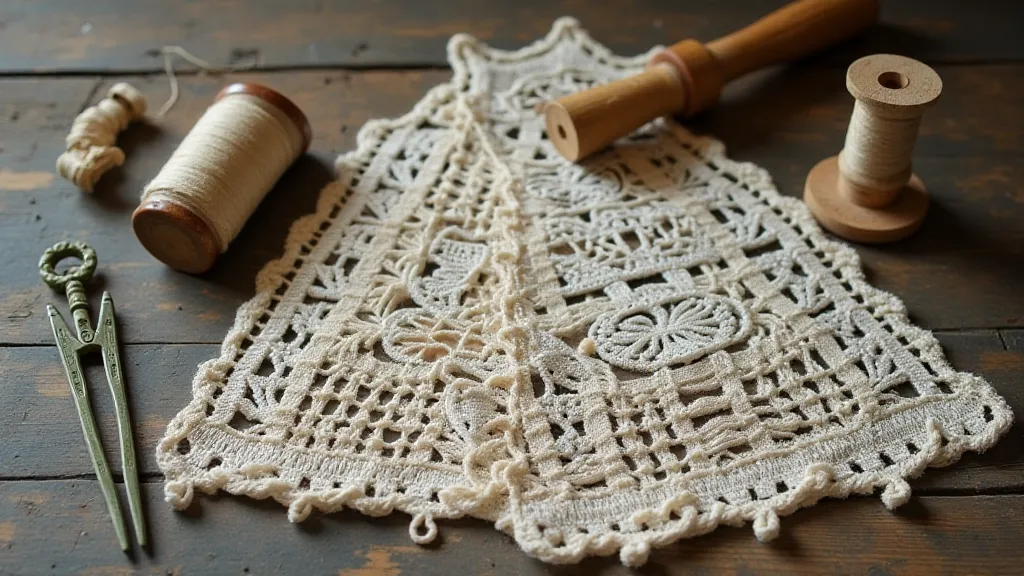
Further research and exploration into the history, techniques, and cultural significance of bobbin lace can provide even greater appreciation for this extraordinary art form. Consider delving deeper into specific regions or time periods, or focusing on particular motifs or patterns. The world of bobbin lace is vast and fascinating, offering endless opportunities for discovery and learning. By understanding the stories woven into these delicate threads, we can gain a deeper understanding of ourselves and the world we inhabit.
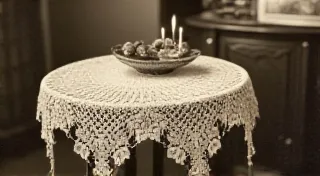


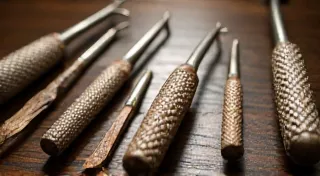
![The History of Bobbin Lace Making in [Specific Country/Region]](/thumbs/history-bobbin-lace-[country].webp)
